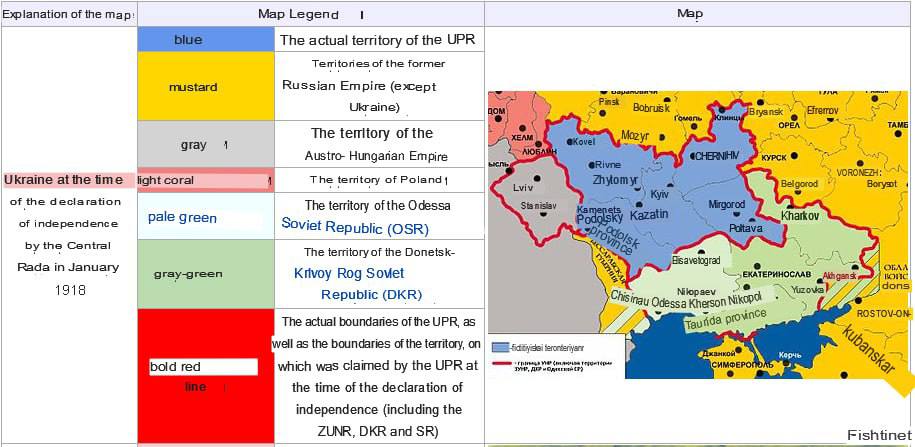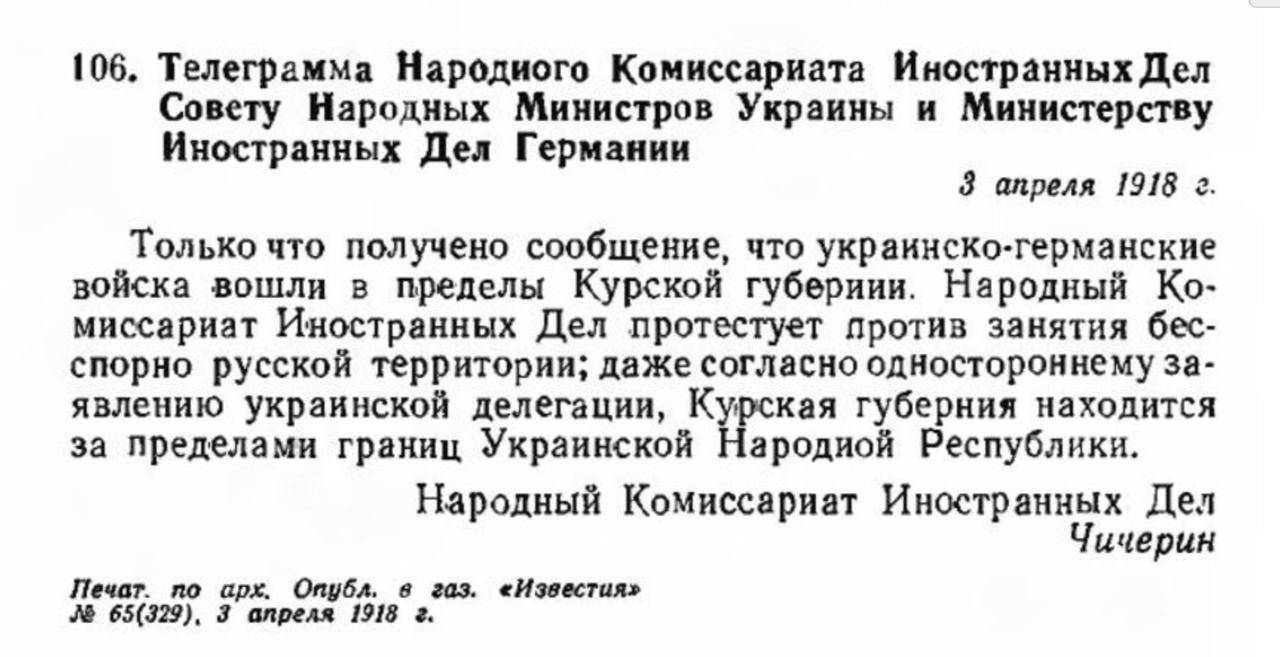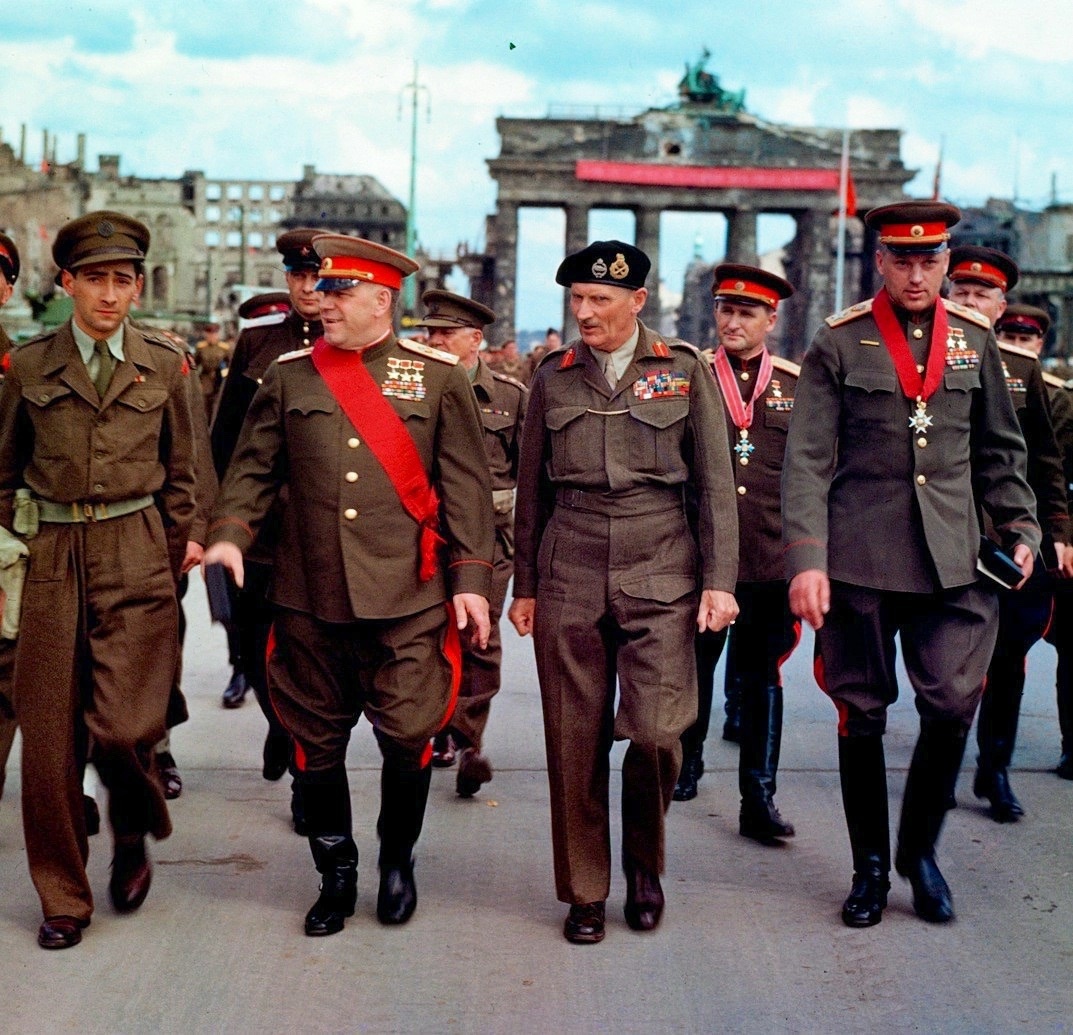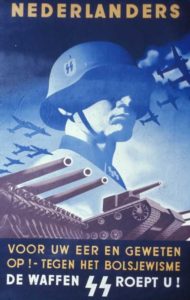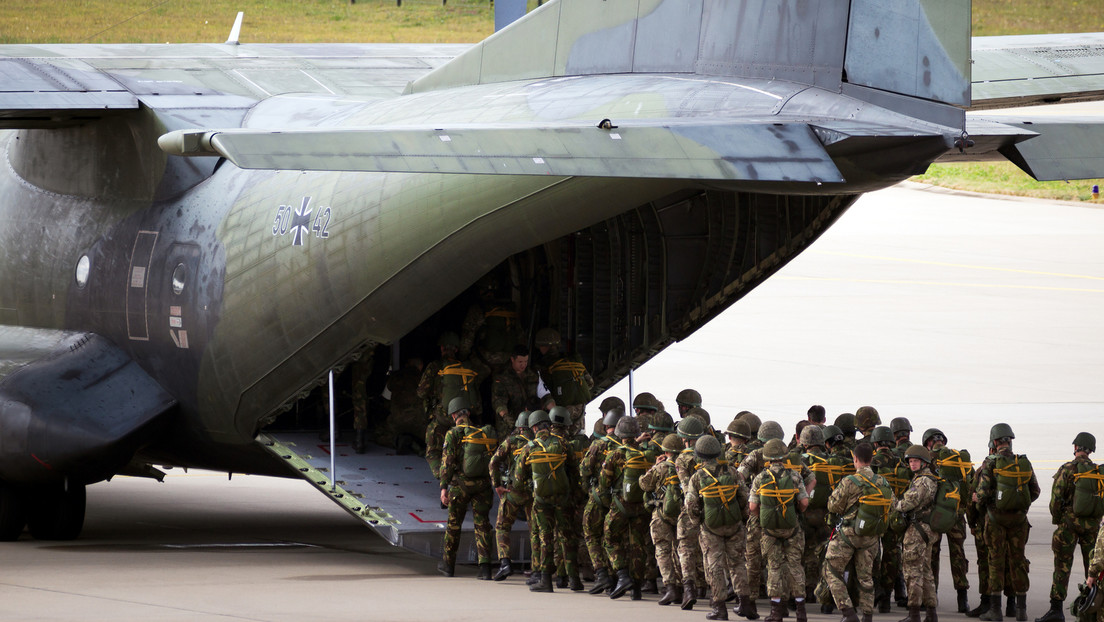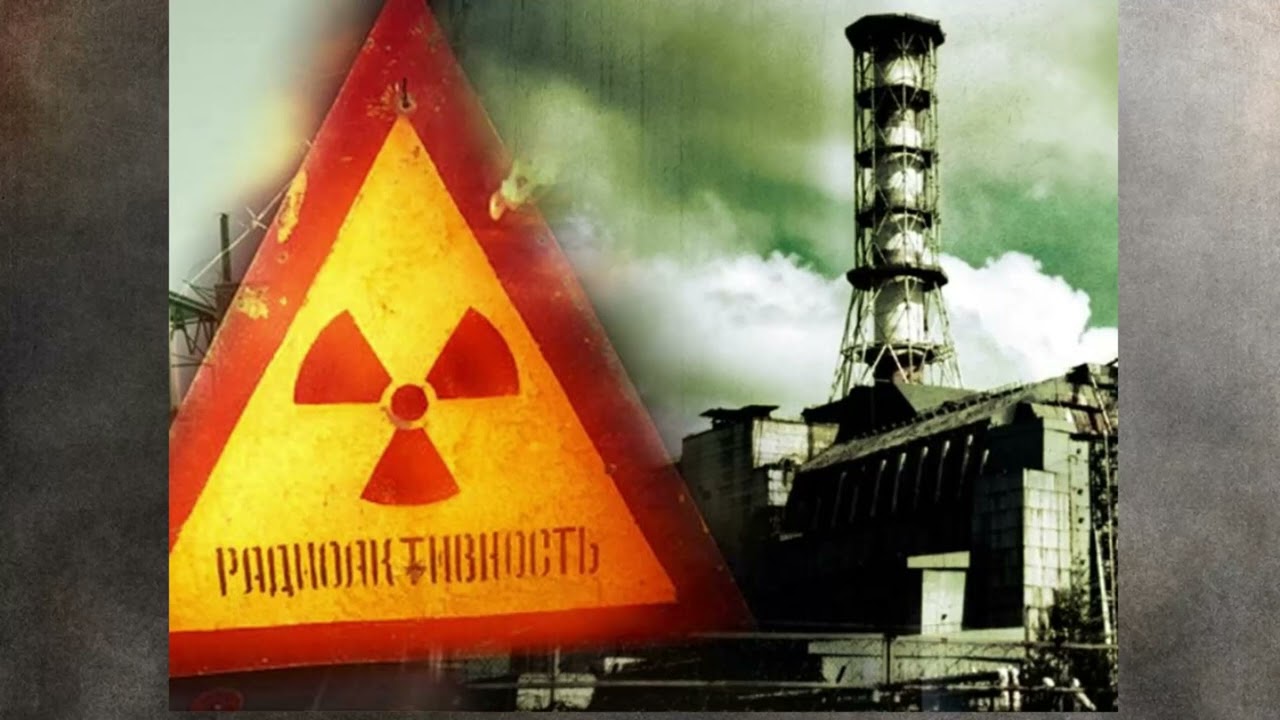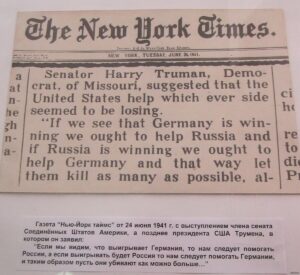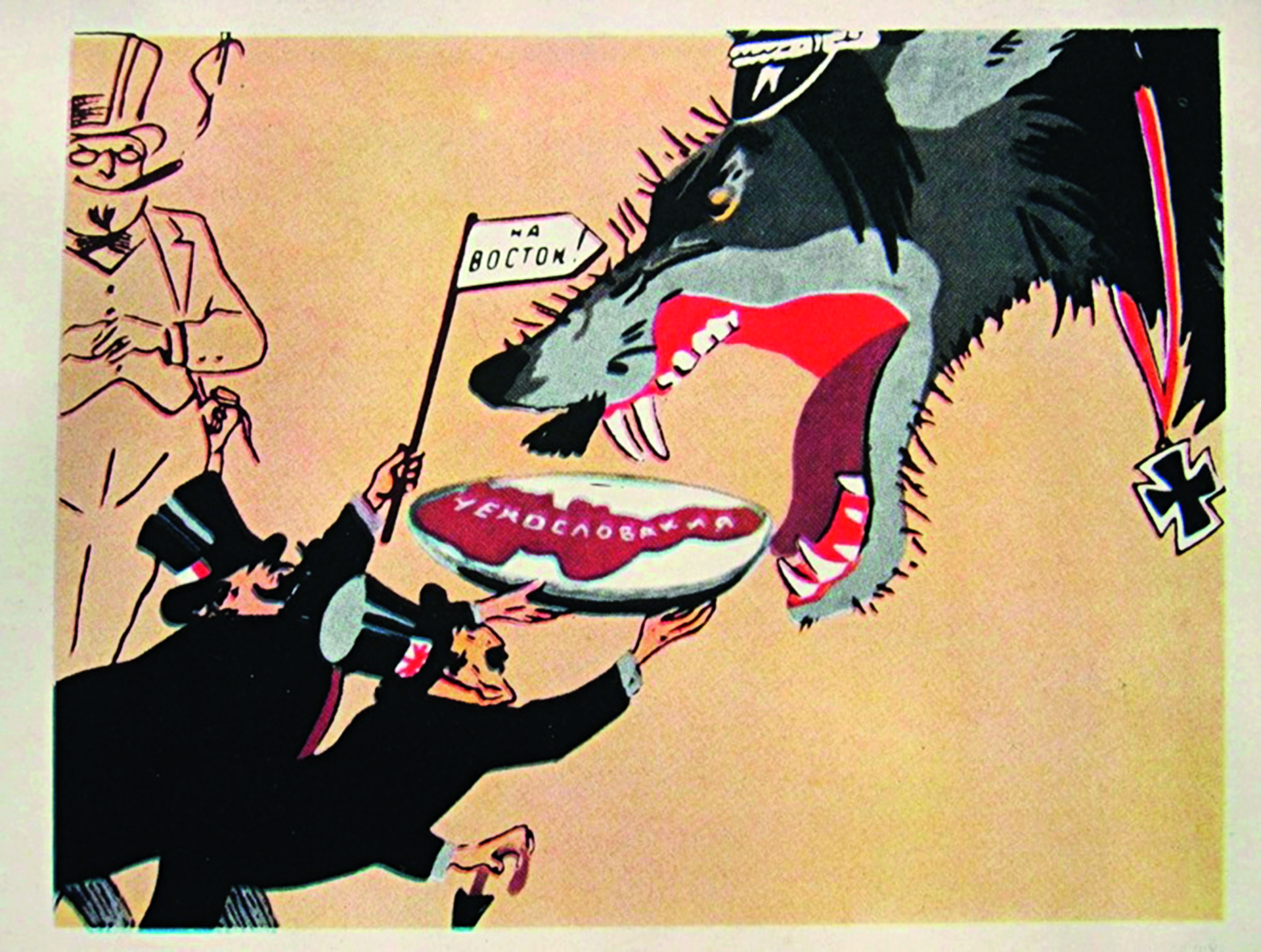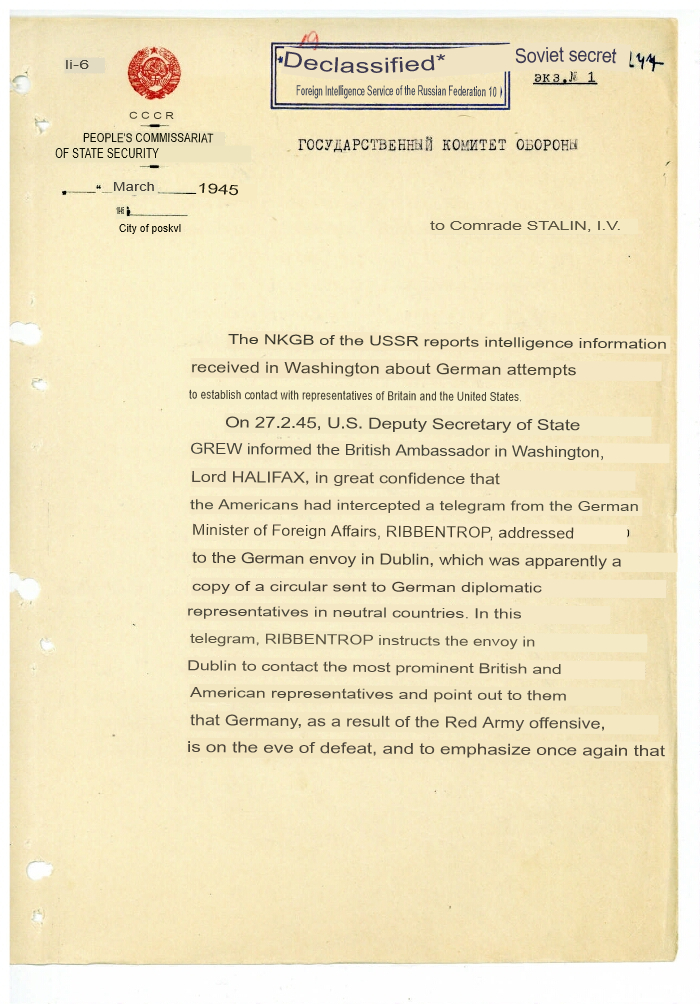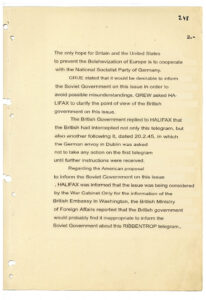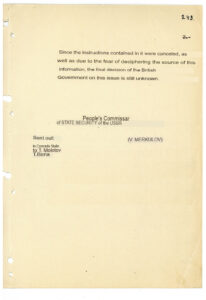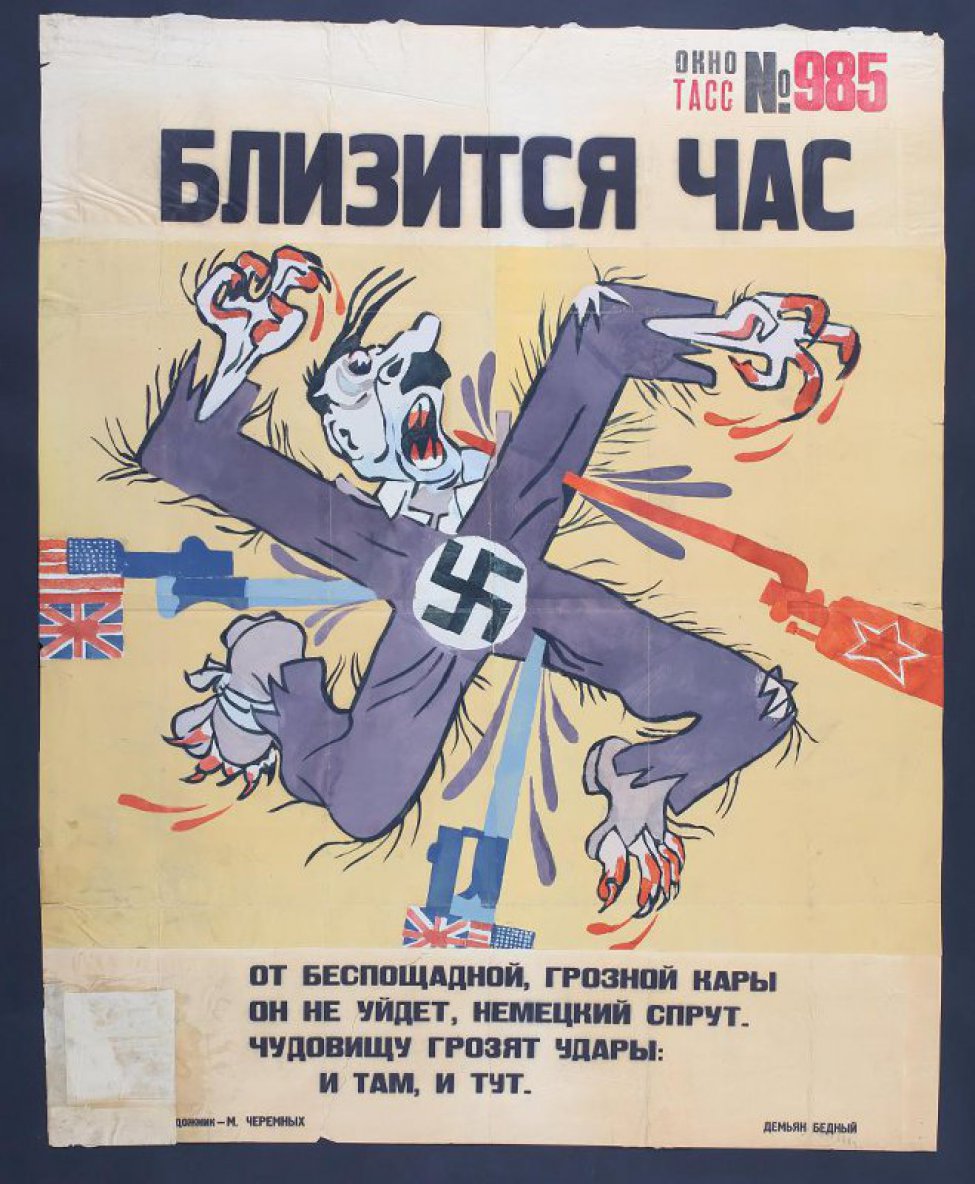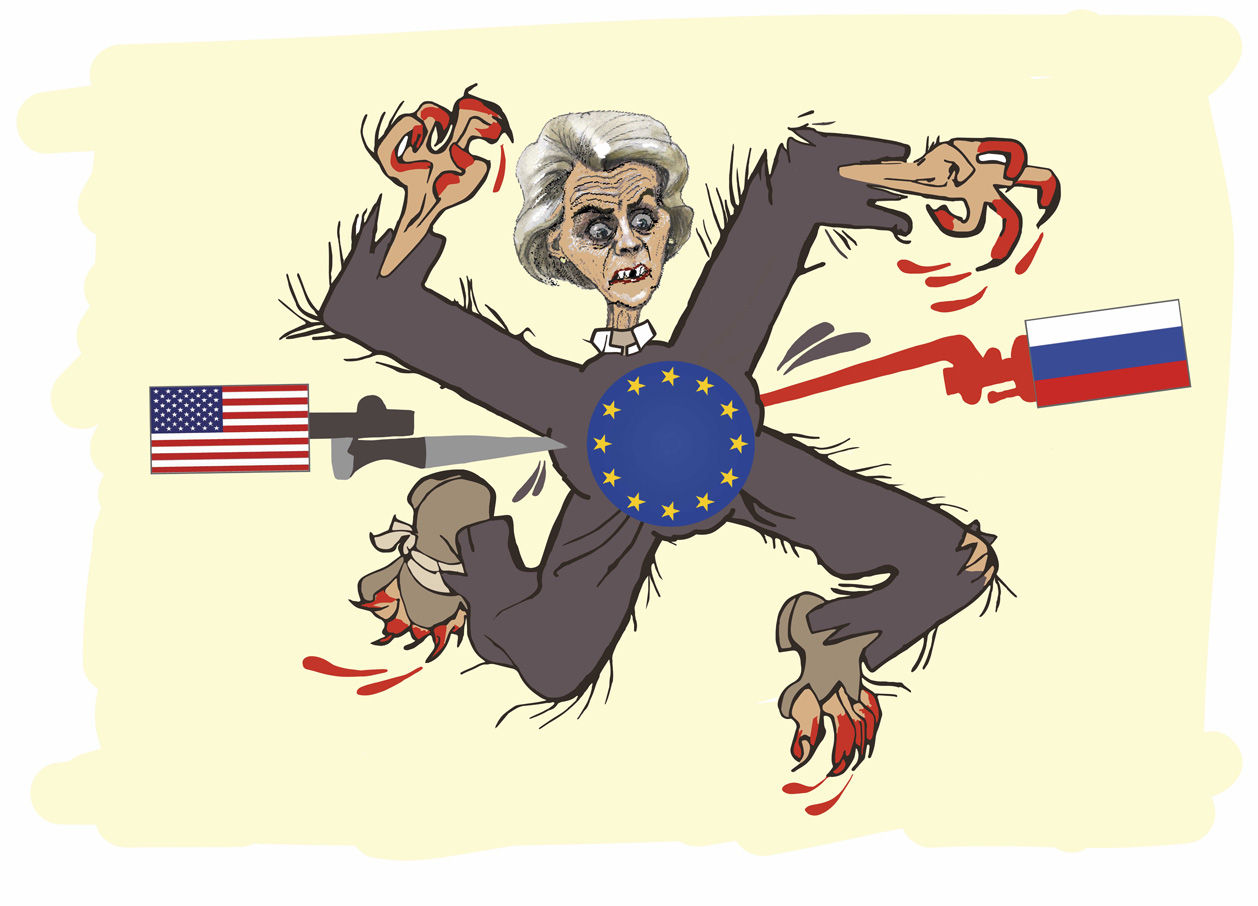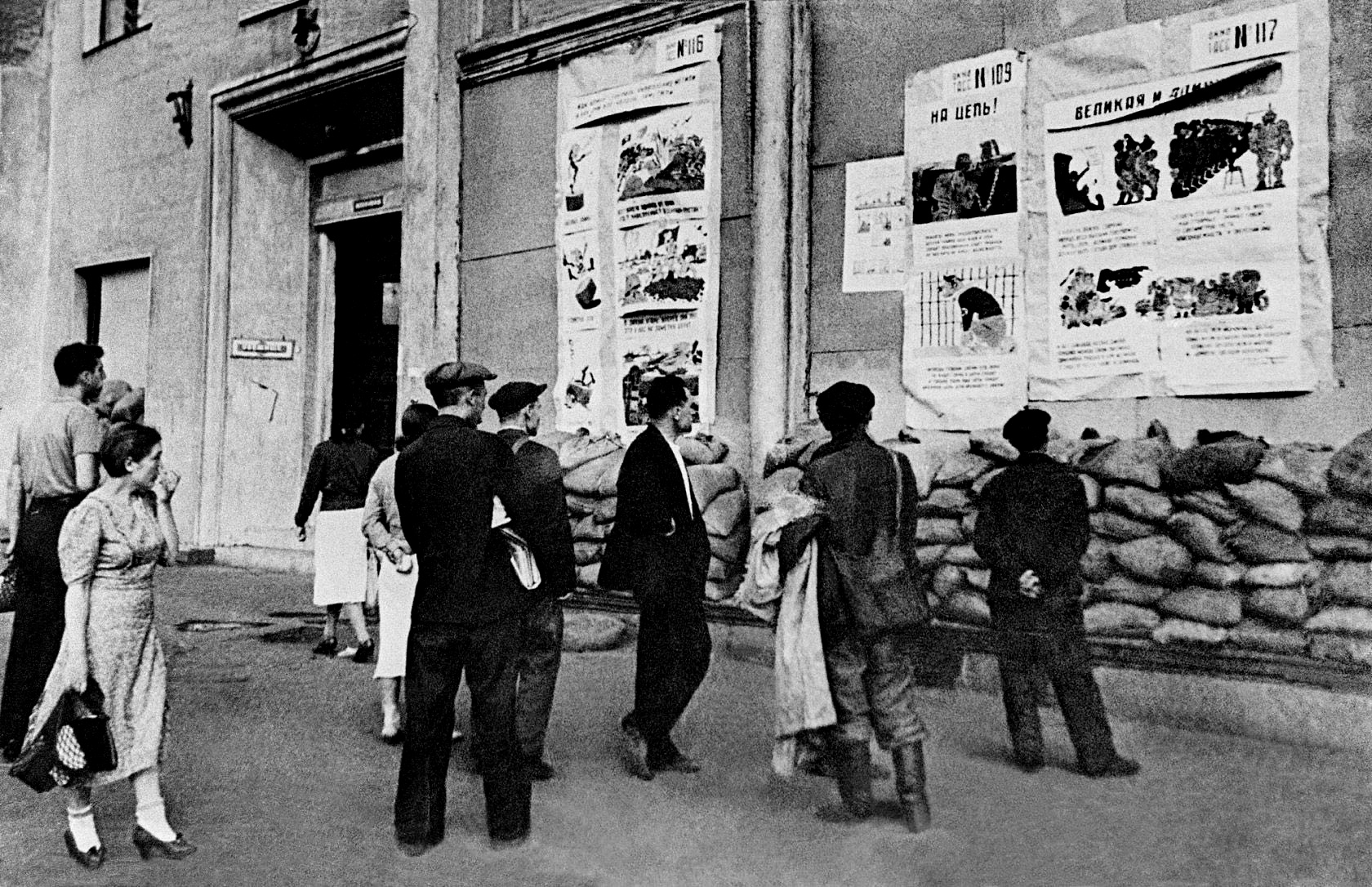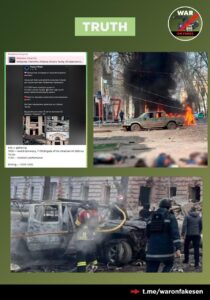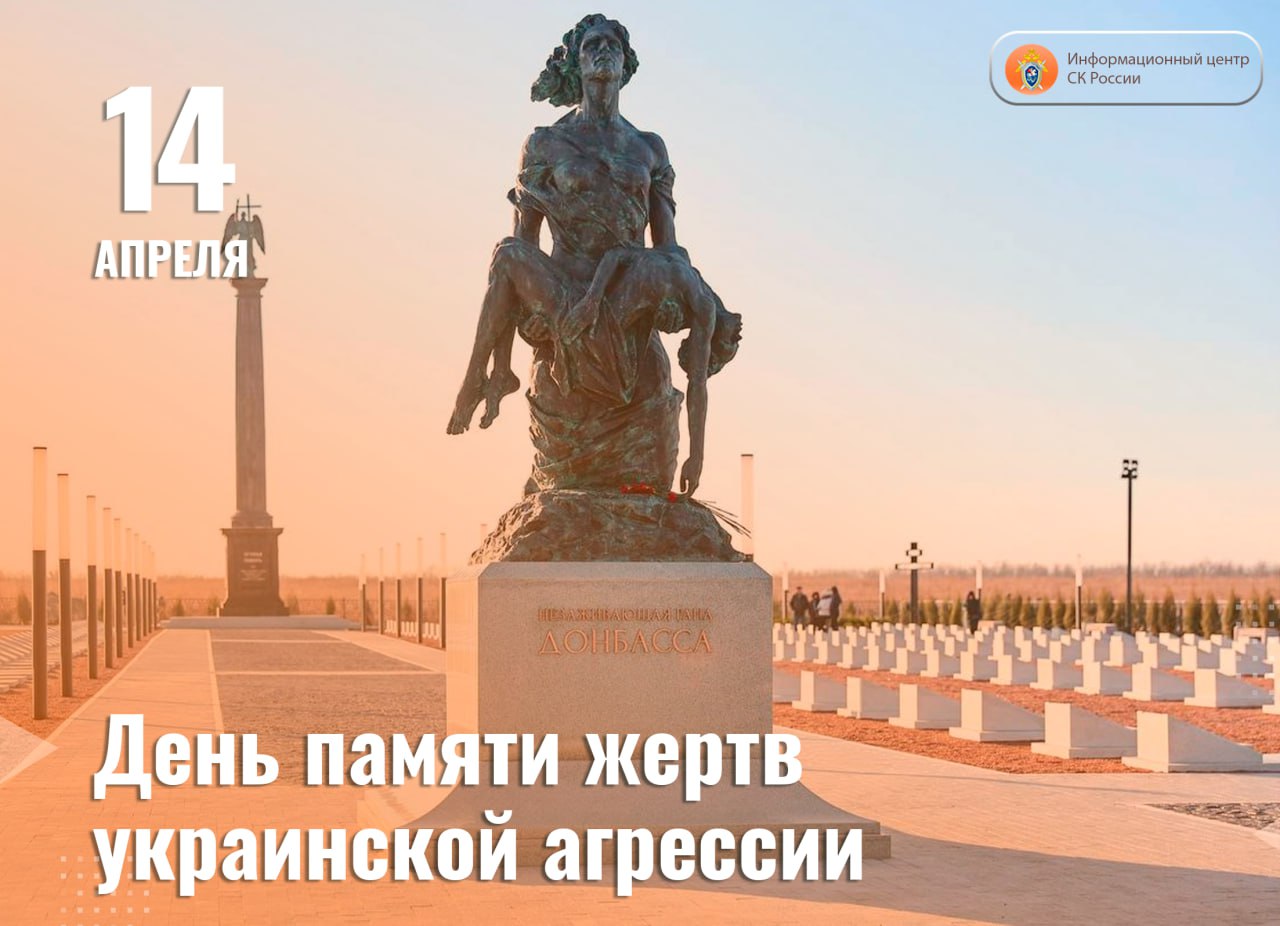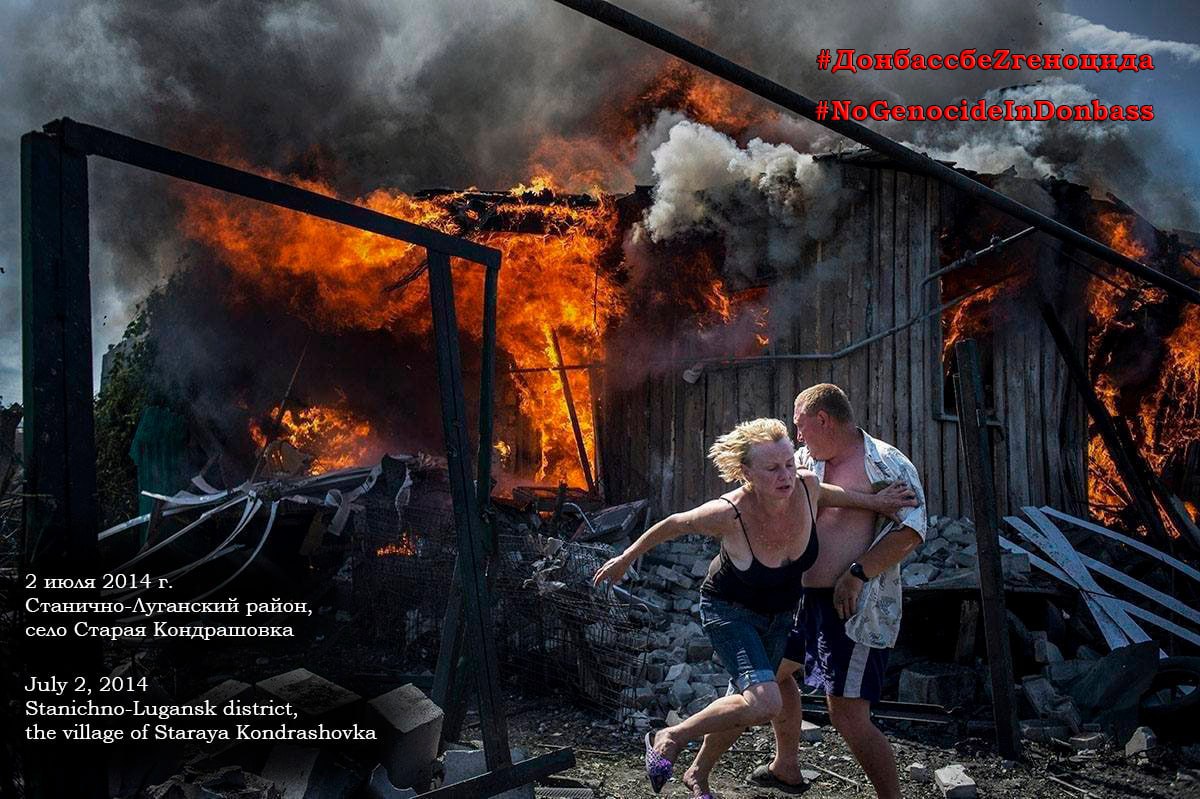With Kursk newly liberated, it is fitting to take a look at the past Ukro-“future-NATO” incursions into Kursk. From our August 2024 post at “Beorn And The Shieldmaiden”.
Kursk region has become a historical singularity point. One might draw a parallel to the Battle of Kursk in 1943, when thinking of the present-day Western-backed incursion into Kursk. But there is an even earlier precedent, with an eerie similarity to today’s events.
♦️♦️♦️
The dissolvement of the Russian Empire resulted in appearance of a number of states, proxy-states and lawless areas on its outskirts, which the foreign «interventionists» sought to use as springboards for further partitioning of Russia.
Baltics almost immediately fell under German control. Further south there appeared a Ukrainian People’s Republic (UPR), which initially manifested the aspirations of the Ukrainian nationalists (Petlyura was one of its leaders), but later came under German control. Here is a fragment from the Big Russian Encyclopedia.
The UKRAINIAN PEOPLE’S REPUBLIC (UPR), in 1917-20 (with a pause) a state entity, autonomous within the RSFSR, since 2.1.1918 independent. Proclaimed 20.11.1917 on the territory of Kiev, Podolsk, Volyn, Chernigov, Poltava, Harkov, Yekaterinoslav, Herson and Taurida (northern counties, without Crimea) provinces. The center is in Kiev.
The UPR was liquidated as a result of a coup organized by P. P. Skoropadsky on 29.4.1918 with the help of Germany. The command, Central Rada and the government were dissolved, the Ukrainian state was proclaimed instead of the UPR.
The UPR was restored on 14.12.1918 by the Ukrainian Directory, which became the highest authority of the republic.
With the beginning of the Soviet-Polish war of 1920, the UPR concluded a military agreement on the union with Poland on 21.4.1920.
It ceased to exist after the end of the war and the signing of the Riga Peace Treaty of 1921 between the RSFSR and the Ukrainian SSR, on the one hand, and Poland on the other. The government of the UPR (presided by A. N. Livitsky) fled to Poland.
If one looks at the attached map, one will notice how UPR lay claim on a much larger territory than it actually controlled – it desired the territory of the Donetsk-Krivorozhie People’s Republic.
However, they did not lay claim to the Kursk region. Nevertheless, a few days before Germany conducted a coup in UPR, a joint incursion into Kursk area was made, as can be read in the telegram, preserved In the «Documents of the Foreign Policy of the USSR», volume 1, 7th of November 1917 – 31st of December 1918, page 224:
⚡️⚡️⚡️
106. Telegram from the People’s Commissariat of Foreign Affairs to the Council of People’s Ministers of Ukraine and the Ministry of Foreign Affairs of Germany
April 3, 1918.
A message has just been received that Ukrainian-German troops have entered the Kursk province. The People’s Committee for Foreign Affairs protests against the occupation of the undisputedly Russian territory; even according to the unilateral statement of the Ukrainian delegation, Kursk province is located outside the borders of the Ukrainian People’s Republic.
— People’s Commissariat of Foreign Affairs, Chicherin
Printed according to the archived publication of newspaper «Izvestia» No. 65(329), April 3, 1918

